Joaquin Zepeda
Towards Total Recall in Industrial Anomaly Detection
Jun 15, 2021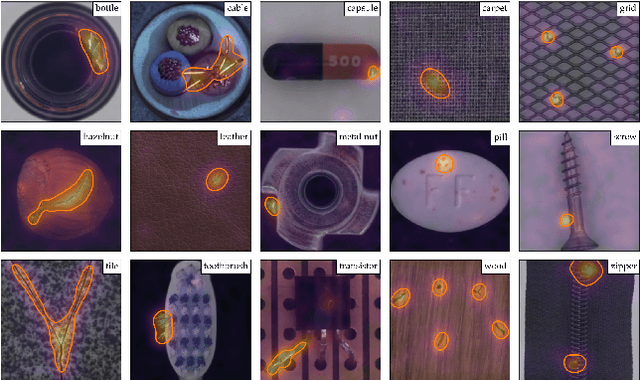


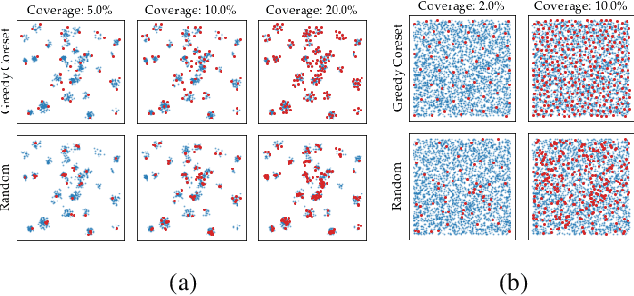
Abstract:Being able to spot defective parts is a critical component in large-scale industrial manufacturing. A particular challenge that we address in this work is the cold-start problem: fit a model using nominal (non-defective) example images only. While handcrafted solutions per class are possible, the goal is to build systems that work well simultaneously on many different tasks automatically. The best peforming approaches combine embeddings from ImageNet models with an outlier detection model. In this paper, we extend on this line of work and propose PatchCore, which uses a maximally representative memory bank of nominal patch-features. PatchCore offers competitive inference times while achieving state-of-the-art performance for both detection and localization. On the standard dataset MVTec AD, PatchCore achieves an image-level anomaly detection AUROC score of $99.1\%$, more than halving the error compared to the next best competitor. We further report competitive results on two additional datasets and also find competitive results in the few samples regime.
Learning a Complete Image Indexing Pipeline
Dec 12, 2017

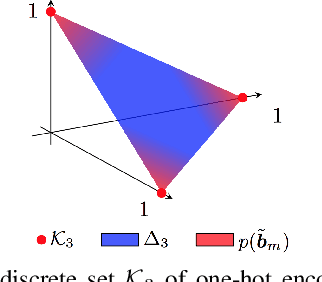

Abstract:To work at scale, a complete image indexing system comprises two components: An inverted file index to restrict the actual search to only a subset that should contain most of the items relevant to the query; An approximate distance computation mechanism to rapidly scan these lists. While supervised deep learning has recently enabled improvements to the latter, the former continues to be based on unsupervised clustering in the literature. In this work, we propose a first system that learns both components within a unifying neural framework of structured binary encoding.
SUBIC: A supervised, structured binary code for image search
Aug 09, 2017

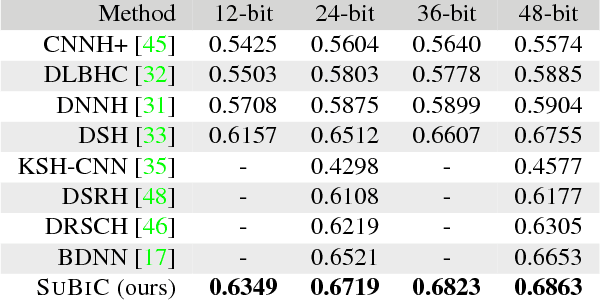
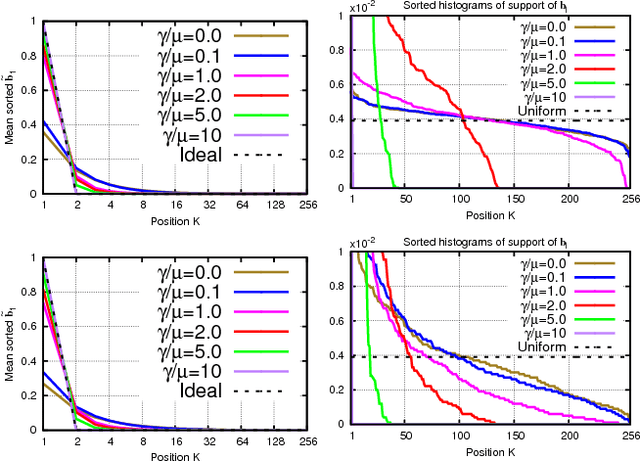
Abstract:For large-scale visual search, highly compressed yet meaningful representations of images are essential. Structured vector quantizers based on product quantization and its variants are usually employed to achieve such compression while minimizing the loss of accuracy. Yet, unlike binary hashing schemes, these unsupervised methods have not yet benefited from the supervision, end-to-end learning and novel architectures ushered in by the deep learning revolution. We hence propose herein a novel method to make deep convolutional neural networks produce supervised, compact, structured binary codes for visual search. Our method makes use of a novel block-softmax non-linearity and of batch-based entropy losses that together induce structure in the learned encodings. We show that our method outperforms state-of-the-art compact representations based on deep hashing or structured quantization in single and cross-domain category retrieval, instance retrieval and classification. We make our code and models publicly available online.
Approximate search with quantized sparse representations
Aug 10, 2016

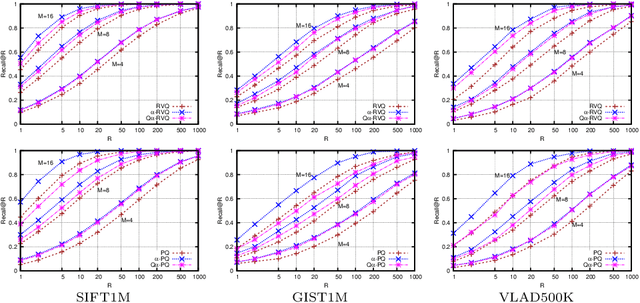

Abstract:This paper tackles the task of storing a large collection of vectors, such as visual descriptors, and of searching in it. To this end, we propose to approximate database vectors by constrained sparse coding, where possible atom weights are restricted to belong to a finite subset. This formulation encompasses, as particular cases, previous state-of-the-art methods such as product or residual quantization. As opposed to traditional sparse coding methods, quantized sparse coding includes memory usage as a design constraint, thereby allowing us to index a large collection such as the BIGANN billion-sized benchmark. Our experiments, carried out on standard benchmarks, show that our formulation leads to competitive solutions when considering different trade-offs between learning/coding time, index size and search quality.
Hybrid multi-layer Deep CNN/Aggregator feature for image classification
Mar 13, 2015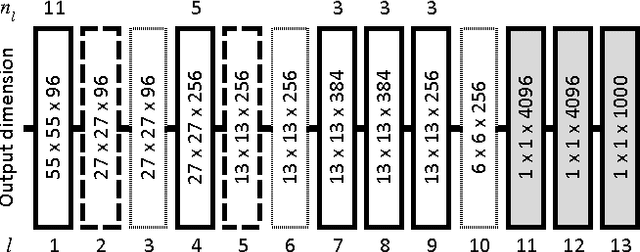

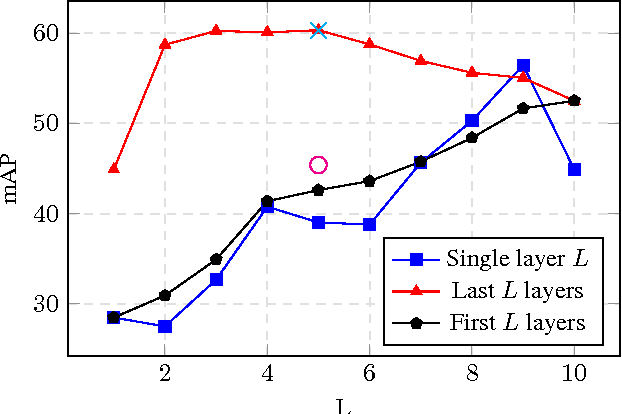
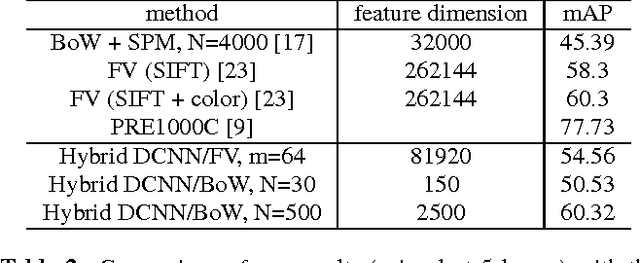
Abstract:Deep Convolutional Neural Networks (DCNN) have established a remarkable performance benchmark in the field of image classification, displacing classical approaches based on hand-tailored aggregations of local descriptors. Yet DCNNs impose high computational burdens both at training and at testing time, and training them requires collecting and annotating large amounts of training data. Supervised adaptation methods have been proposed in the literature that partially re-learn a transferred DCNN structure from a new target dataset. Yet these require expensive bounding-box annotations and are still computationally expensive to learn. In this paper, we address these shortcomings of DCNN adaptation schemes by proposing a hybrid approach that combines conventional, unsupervised aggregators such as Bag-of-Words (BoW), with the DCNN pipeline by treating the output of intermediate layers as densely extracted local descriptors. We test a variant of our approach that uses only intermediate DCNN layers on the standard PASCAL VOC 2007 dataset and show performance significantly higher than the standard BoW model and comparable to Fisher vector aggregation but with a feature that is 150 times smaller. A second variant of our approach that includes the fully connected DCNN layers significantly outperforms Fisher vector schemes and performs comparably to DCNN approaches adapted to Pascal VOC 2007, yet at only a small fraction of the training and testing cost.
 Add to Chrome
Add to Chrome Add to Firefox
Add to Firefox Add to Edge
Add to Edge